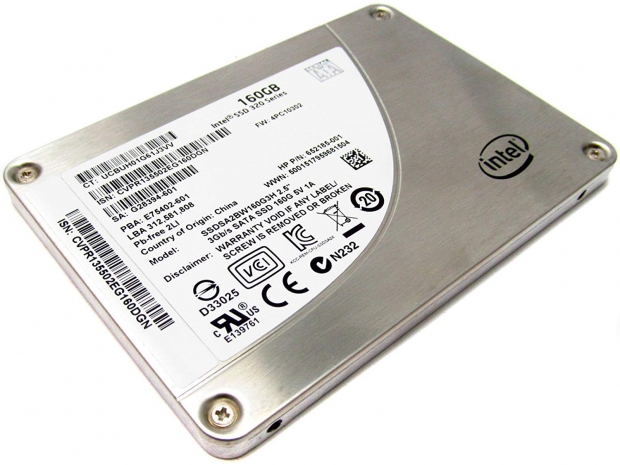Intel announced technology that will double that data density yet again to five-level cells.
Frank Hady, an Intel fellow from the chipmaker's Non-Volatile Memory Solutions Group, said that five-level cells would further increase density and reduce the cost beyond quad-level cells.
Intel didn't say when the new technology would be commercialized or how it'll affect costs. "We are conducting feasibility studies today", the company said in a statement.
It will have to pull its finger out. Toshiba, revealed its own 5-level cell flash memory technology in August so it is expected that the new tech will have shedloads of competition.
Flash memory chipmakers have also been increasing capacity with 3D stacking technology that adds dozens of layers of flash memory cells. Intel's 2019 flash memory stacks up 96 layers of quad-level cells, but in 2020, it'll move to 144 layers, the company announced.




